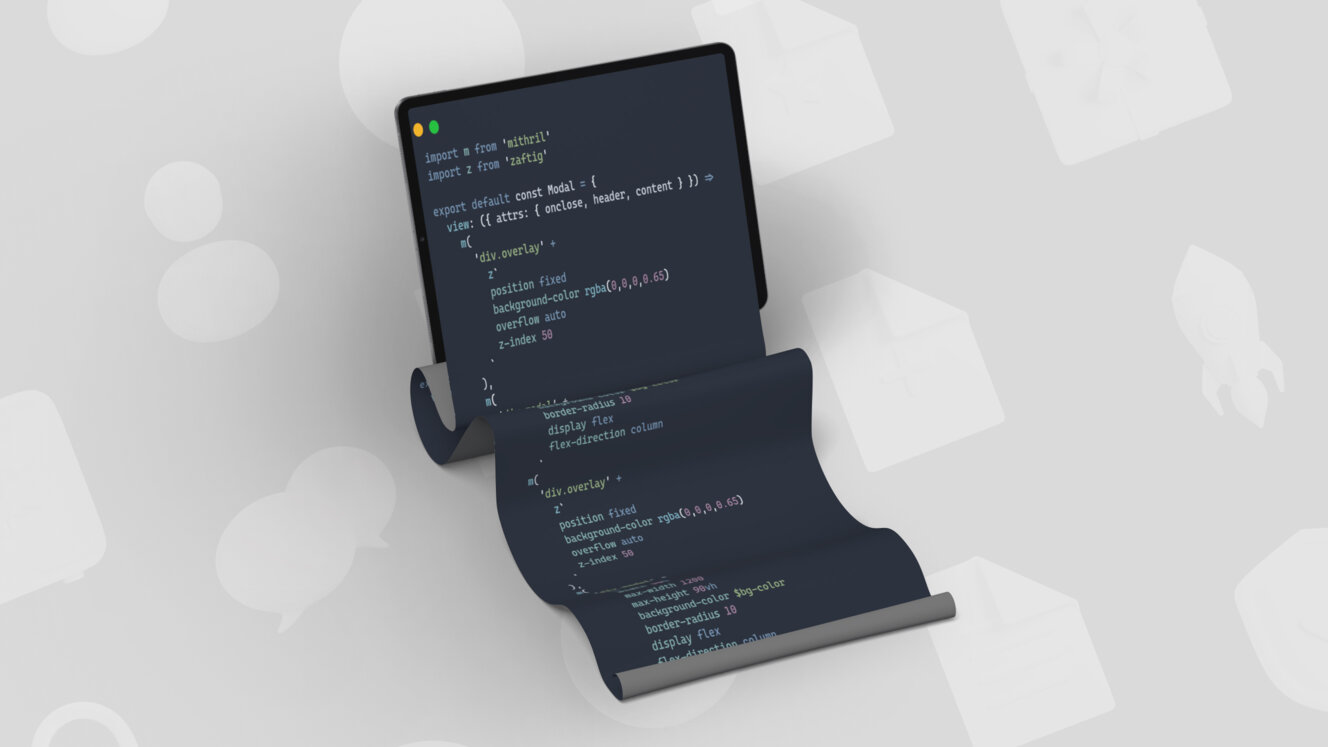
Kasper Żdaniec
-
Feb 16, 2024
-
3 min read
In today’s digital-dominated age, millions of people go online every day. If we want all of them to have a positive online experience, digital products must be designed with accessibility in mind. Yet, many companies creating digital products don’t provide sufficient digital accessibility.
Why is that happening?
There are several possible reasons:
- digital accessibility is treated as an add-on instead of one of the key website properties,
- there are insufficient human resources and web testing tools,
- the project teams are not adequately informed and trained on accessibility principles.
Companies often conduct audits of their digital products. They identify the issues, yet even after implementing changes to their web development process, they find themselves back at square one. Why? Accessibility is an ongoing endeavour, and they lack the tools and processes to ensure it during the continuous improvement of the production process. As a result, the accessibility problems persist and force constant product revisions. This kind of approach leads to failure. Not considering accessibility causes digital innovation blocks, additional development costs, and prolonged delivery schedules.
The key to a successful digital accessibility strategy is to fully integrate accessibility at every stage of website development. Incorporating accessibility principles into every aspect of digital operations is not difficult. Still, it requires commitment, ongoing communication, and a robust strategy.
Let’s take a look at the different teams involved in the website development process.
User Experience & Design
When we focus on web accessibility during the design process, we can create a more fair and user-friendly digital landscape. For example, websites that are compatible with assistive technologies, such as screen readers using aria-label and developed keyboard navigation, not only benefit people with disabilities but also improve usability for all users. When we consider factors such as font size and colour contrast, we can increase readability for those who may have difficulty reading small text or distinguishing between different shades.
When companies consider accessibility at the design stage, they build a solid foundation for the overall strategy. Lack of inclusion in the design of a digital product update inevitably leads to greater obstacles in the future. A good place to start including accessibility in your design process can be the basic principles detailed in the new official web standard Web Content Accessibility Guidelines (WCAG) 2.2 as recommended by the W3C (we discussed them here). They describe the key concepts of designing an accessible user interface.
Including accessibility in the early stages of web design means that designers can create user-friendly interfaces that cater to a broader range of users. This increases usability and improves engagement and satisfaction levels among website visitors. Additionally, designing for accessibility allows companies and organisations to comply with legal requirements and avoid potential lawsuits related to disability discrimination.
Development
Developers face the biggest challenge. They need expertise to address accessibility issues effectively. This requires extensive training in accessibility techniques, in line with WCAG guidelines. Or, as an alternative, a company can use the help of accessibility experts to provide guidance on appropriate coding strategies.
Making a digital product accessible requires a lot of effort. We can divide the tasks between frontend and backend as follows:
Frontend:
- Understanding accessibility principles: The frontend team needs to be well-acquainted with accessibility principles such as WCAG (Web Content Accessibility Guidelines) to effectively implement them in the user interface layer.
- HTML, CSS, and JavaScript compliance: The frontend department should use accessibility-compliant HTML elements, CSS styles, and JavaScript interactions. For example, using appropriate attributes in HTML for images or alternative texts.
- Use of assistive technologies: Use accessibility technologies such as ARIA (Accessible Rich Internet Applications) to better describe the interactions and structure of the user interface.
Backend:
- Frontend accessible data management: The backend must provide data in a way that allows it to be easily rendered and accessed by the frontend. This includes providing data in a form that facilitates the generation of readable alternative text for multimedia.
Quality Assurance
The QA department should focus on accessibility testing to ensure that the digital product meets the accessibility guidelines and there are no barriers for different user groups. It’s best to take advantage of what’s possible and use both manual and automated testing to verify compliance with accessibility policies.
Automated accessibility testing tools:
- Siteimprove Accessibility Checker – Best for Office of Civil Rights (OCR) compliance ARC Toolkit Axe
- WAVE – Best for browser extensions on Chrome, Firefox, or Microsoft Edge
- Google Lighthouse – The best automated web accessibility tool that can run programmatically with JavaScript
- ARC Platform by TPGi – Best web accessibility platform with a policy management tool (ARC Toolkit).
Project management
As mentioned, accessibility should be considered at every stage of the project. The project management team should include accessibility in planning and defining project requirements. It should be standard to organise regular accessibility reviews during the project cycle to monitor progress and address any issues. Regular communication between departments is vital. Sprint meetings, daily stand-ups, and project progress tracking tools help to maintain smooth communication.
Summary
Digital accessibility plays a crucial role in modern web design. It is the foundation for ensuring easy access and navigation for all users, regardless of their abilities or possible disabilities.








